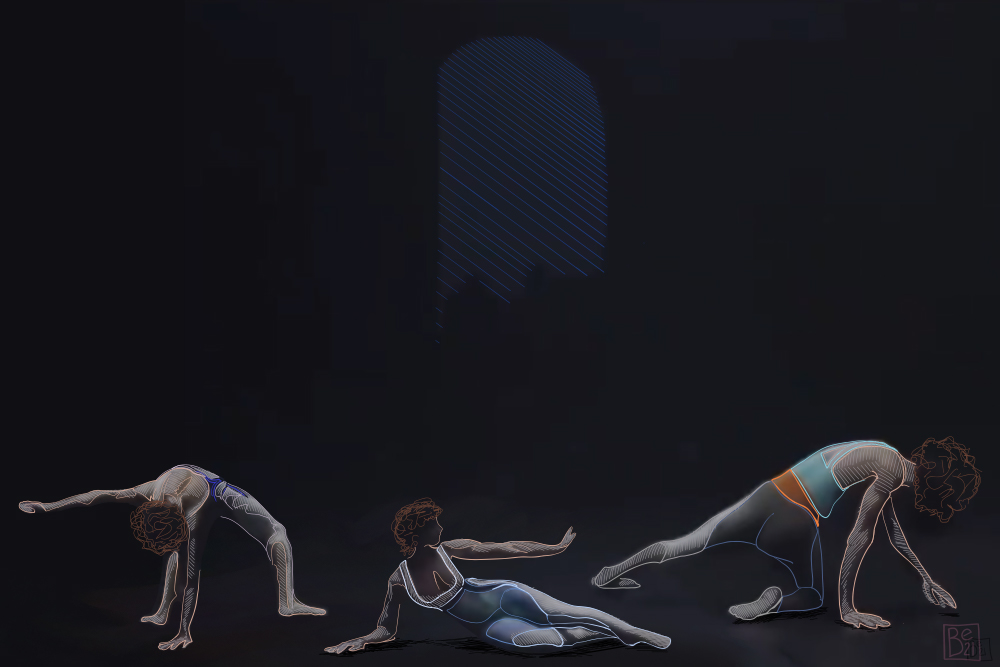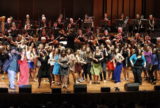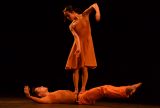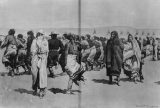Dance Has Reached a Turning Point
Freed from the Studio, an Art Form Finds the Space to Transform
My shoulder is aching. I’m going up the escalator at the Macy’s in the Baldwin Hills Crenshaw Plaza. My purse is weighed down with notebooks, a portable speaker, water bottle, and of course, snacks.
It’s March 2020. I’m teaching at the “Club WISE” program for older adults. I’m greeted warmly by a group of six women who, I’d guess, are mostly over 65. I’m told the group may be a little smaller than who registered, “The virus is keeping some people home.”
We set out to co-create a dance to Ravel’s …










